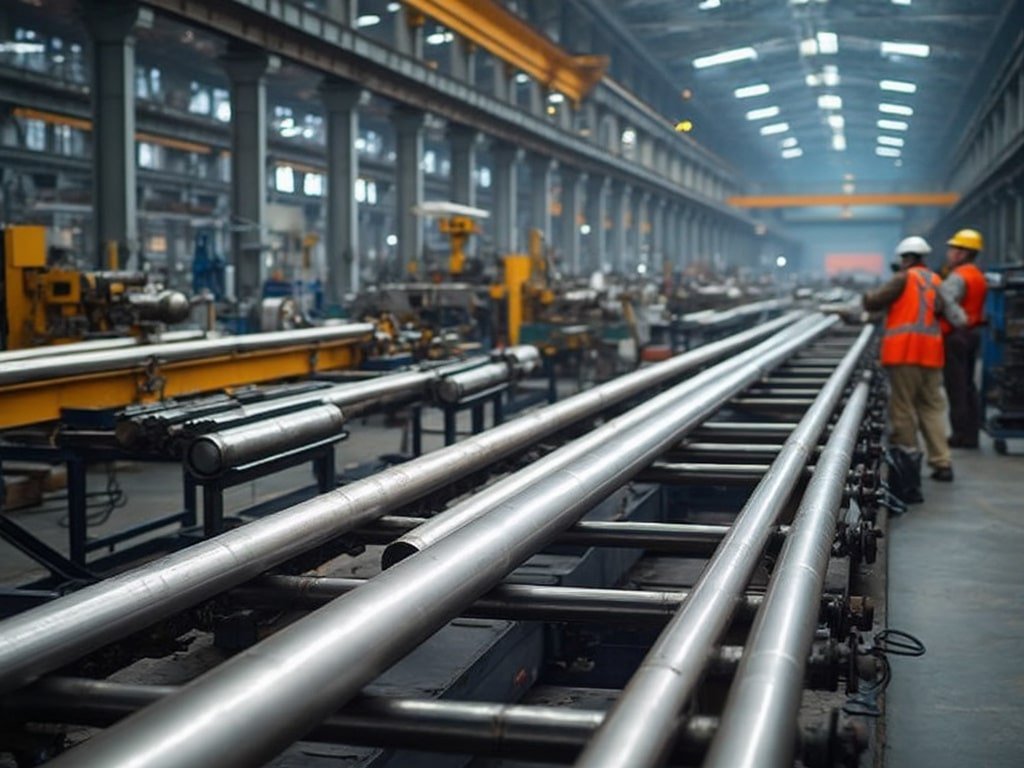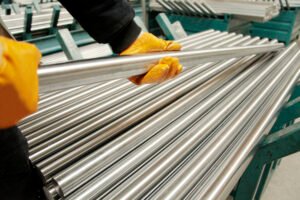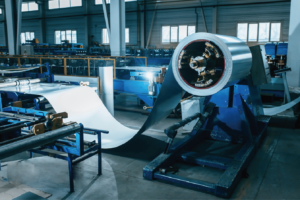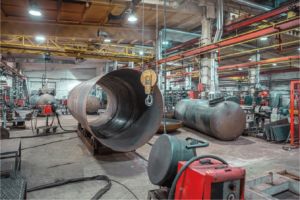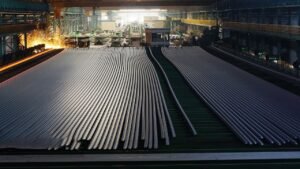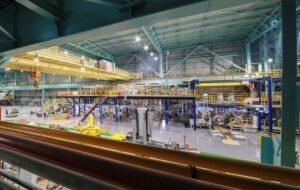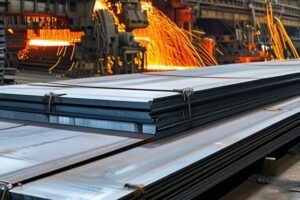How Are Stainless Steel Pipes Manufactured?
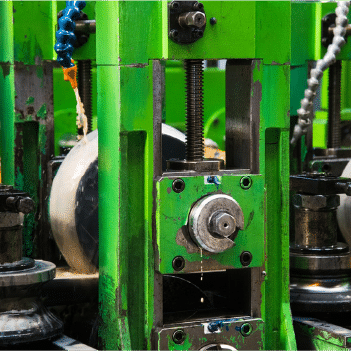
Manufacturing high-quality stainless steel pipes presents complex challenges in material selection, processing, and quality control. Poor manufacturing processes can lead to product failures and safety risks.
Stainless steel pipe manufacturing involves careful material selection1, precise forming processes, and rigorous quality control. The process includes raw material preparation, forming, welding or seamless production, heat treatment, and surface finishing.
Understanding the manufacturing process is crucial for engineers, procurement specialists, and quality managers. This comprehensive guide explores each step of production, from raw material selection to final testing, helping you make informed decisions about pipe specifications and supplier selection.
The evolution of stainless steel pipe manufacturing2 has led to sophisticated processes that ensure consistent quality and performance. Modern production methods combine traditional metallurgical principles with advanced automation and quality control systems.
What Raw Materials Are Used to Produce Stainless Steel Pipes?
The selection of raw materials significantly impacts the final pipe quality and performance characteristics. Poor material choices can lead to premature failure and increased costs.
Raw materials for stainless steel pipes primarily include high-grade steel scrap, ferroalloys, and specific elements like chromium and nickel, with precise composition control3 being crucial for quality.

Primary Raw Material Components
| Material Type | Composition Range | Назначение |
|---|---|---|
| Steel Scrap | 60-70% | Base material |
| Хром | 10.5-30% | Устойчивость к коррозии |
| Никель | 0-30% | Structure stability |
| Молибден | 0-6% | Enhanced corrosion resistance |
Material Grade Selection
Critical factors in grade selection:
- Application requirements
- Operating environment
- Cost considerations
- Технические характеристики
Quality Control for Raw Materials
| Параметр испытания | Критерии приемлемости | Метод тестирования |
|---|---|---|
| Химический состав | Grade specifications | Spectrographic analysis |
| Physical Properties | Стандарты ASTM | Mechanical testing |
| Качество поверхности | Visual standards | Surface inspection |
What Are the Key Steps in the Stainless Steel Pipe Manufacturing Process?
The manufacturing process requires precise control at each stage to ensure product quality and consistency.
The main manufacturing steps include material melting4, forming, welding or seamless processing, heat treatment, and finishing operations, each requiring specific quality controls.

Primary Manufacturing Stages
| Process Stage | Основные параметры | Quality Controls |
|---|---|---|
| Melting | Temperature control | Chemical analysis |
| Формирование | Dimensional accuracy | Size verification |
| Термообработка | Temperature/time cycles | Hardness testing |
Production Line Configuration
Essential production elements:
- Automated control systems
- Precision forming equipment
- Advanced testing facilities
- Environmental controls
Process Control Parameters
| Параметр | Диапазон управления | Влияние на качество |
|---|---|---|
| Forming Temperature | 800-1200°C | Shape accuracy |
| Welding Speed | Grade-specific | Joint integrity |
| Cooling Rate | Process-dependent | Material properties |
How Are Seamless and Welded Stainless Steel Pipes Made Differently?
Understanding the differences between seamless and welded pipe production is crucial for selecting the right type for specific applications.
Seamless pipes are produced through hot working of solid billets, while welded pipes5 are formed from strip or plate material and joined using various welding processes.

Manufacturing Method Comparison
| Характеристика | Seamless Pipes | Welded Pipes |
|---|---|---|
| Production Method | Hot working | Strip forming/welding |
| Толщина стенок | More uniform | Weld seam present |
| Стоимость | Выше | Generally lower |
| Applications | High pressure | Общее назначение |
Production Equipment Requirements
Key equipment differences:
- Piercing mills for seamless
- Roll forming for welded
- Specialized welding systems
- Testing equipment
Quality Considerations
| Фактор | Seamless Impact | Welded Impact |
|---|---|---|
| Номинальное давление | Higher capability | Limited by weld |
| Inspection Needs | Overall structure | Focus on weld zone |
| Cost Efficiency | Higher production cost | More economical |
What Heat Treatment and Surface Finishing Processes Are Applied?
Proper heat treatment and surface finishing are essential for achieving desired material properties and appearance.
Heat treatment processes include solution annealing, stress relieving, and quenching, while surface finishing6 involves mechanical polishing, pickling, and passivation.

Процессы термообработки
| Process Type | Диапазон температур | Назначение |
|---|---|---|
| Solution Annealing | 1010-1150°C | Homogenization |
| Stress Relieving | 850-950°C | Reduce residual stress |
| Закаливание | Grade-specific | Property development |
Surface Finishing Methods
Common finishing operations:
- Mechanical polishing
- Химическое травление
- Электрополировка
- Passivation treatment
Quality Standards
| Finish Type | Surface Ra Value | Приложение |
|---|---|---|
| 2B | 0.1-0.5μm | Общее назначение |
| BA | <0.1μm | Декоративные |
| Polished | Пользовательское | Specific requirements |
How Is Quality Control Conducted During Production?
Comprehensive quality control ensures consistent product quality and compliance with specifications.
Quality control involves continuous monitoring of production parameters, non-destructive testing7, and final inspection procedures to verify product conformity.

Testing and Inspection Methods
| Тип испытания | Назначение | Частота |
|---|---|---|
| NDT | Defect detection | 100% |
| Mechanical Testing | Property verification | Batch basis |
| Проверка размеров | Size conformity | Непрерывный |
Documentation Requirements
Essential quality records:
- Material certificates
- Test reports
- Inspection records
- Traceability documentation
Final Inspection Criteria
| Параметр | Acceptance Standard | Метод проверки |
|---|---|---|
| Dimensions | ISO standards | Measurement |
| Качество поверхности | Customer specs | Visual/instrument |
| Material Properties | ASTM/ASME | Lab testing |
Заключение
Successful stainless steel pipe manufacturing requires precise control of materials, processes, and quality systems throughout production.
-
Learn about material selection factors impacting pipe quality ↩
-
Discover advancements in manufacturing processes ensuring quality and performance ↩
-
Understand how composition impacts pipe performance and quality ↩
-
Gain insight into critical stages in stainless steel pipe production ↩
-
Compare production methods and applications of different pipe types ↩
-
Explore methods for achieving desired pipe surface properties ↩
-
Learn about NDT's importance in ensuring product integrity ↩
У вас есть вопросы или нужна дополнительная информация?
Свяжитесь с нами, чтобы получить индивидуальную помощь и квалифицированный совет.
